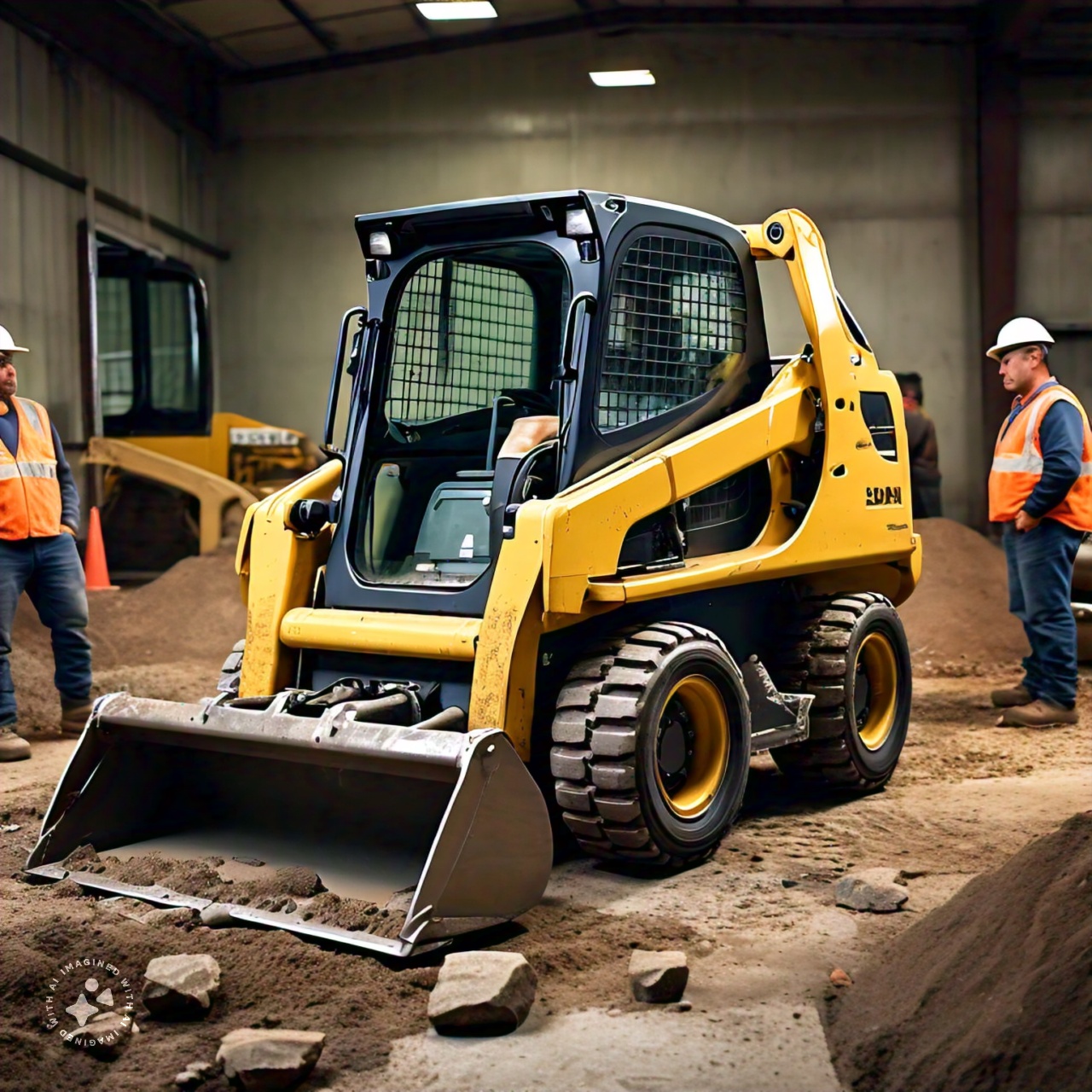Post Preview
Key Takeaways:
- Learn the essential techniques for maximizing skid steer capabilities.
- Discover maintenance tips to keep your machinery operating efficiently.
- Understand the importance of operator training in improving productivity.
Introduction to Skid Steer Operations
Skid steers are versatile machinery used in various industries, from construction to landscaping. Their compact size and powerful capabilities make them ideal for multiple tasks, including digging, lifting, and transporting materials. Understanding how to optimize their use can significantly enhance productivity and efficiency. One aspect to consider is the skid steer lift capacity, which is vital in determining the type and weight of loads the machine can handle. This article will delve into the essential techniques and best practices for optimizing skid steer operations, ensuring you get the most out of this valuable equipment.
Choosing the Right Skid Steer Attachments
One of the critical factors in enhancing skid steer capabilities is selecting the correct attachments. Attachments such as buckets, augers, and grapples can dramatically extend the functionality of skid steers. The correct attachment can turn a skid steer into a multitasking machine, efficiently handling various jobs. For instance, buckets are ideal for digging and material handling, while augers are perfect for drilling holes for posts or trees. Grapples, on the other hand, are excellent for handling irregularly shaped debris. Operators can increase their efficiency and complete tasks more effectively by choosing the appropriate attachments The Daily Mirror.
Additionally, trenchers can create narrow, deep trenches for utilities or irrigation systems, significantly enhancing the skid steer’s versatility. For landscaping projects, landscape rakes and soil conditioners can prepare the ground by removing rocks and debris, providing a smooth surface for planting or sodding. Snow blowers and blades are essential attachments for skid steers used in regions with heavy snowfall, making quick work of clearing driveways and parking lots. Pallet forks transform skid steers into efficient material handlers, ideal for moving pallets and other heavy items in warehouse and construction settings. Stump grinders are invaluable for forestry and land clearing tasks, allowing operators to remove tree stumps and roots quickly with minimal effort.
Regular Maintenance and Inspection
Maintaining your skid steer is essential for longevity and optimal performance. Regular inspections can help identify potential issues before they become significant problems. For example, checking hydraulic fluid levels, tire pressure, and filter cleanliness can prevent downtime and costly repairs. Scheduled maintenance extends the lifespan of your machinery and ensures that it operates at peak efficiency. Additionally, cleanliness is critical; keeping the machinery clean reduces the risk of clogging and overheating. Proper lubrication of moving parts is another essential maintenance aspect, as it prevents excessive wear and tear. Regularly inspecting the belts and hoses for signs of wear can also avert unexpected breakdowns. Keeping an eye on the battery connections and ensuring they are clean and secure can prevent starting issues. Checking and replacing worn-out tires can enhance stability and safety during operation. Ensuring the cooling system is functioning correctly can prevent the engine from overheating. Investing time in regular maintenance can save significant costs and enhance operational performance.
Importance of Operator Training
Operator proficiency plays a crucial role in maximizing the efficiency of skid steers. Proper training ensures that operators know the machine’s capabilities and limitations. Skilled operators can execute tasks more quickly and safely, leading to increased productivity and reduced risk of accidents. Comprehensive training programs should cover machine operation, safety protocols, and routine maintenance procedures. Experienced operators can also identify and troubleshoot minor issues during operation, preventing them from escalating into significant problems. In addition, continuous education and training updates can keep operators informed about the latest innovations and best practices in skid steer operation.
Efficiency Tips for Skid Steer Operation
- Plan Your Work Environment: Arrange the workspace to minimize unnecessary movement. This includes organizing materials and identifying efficient pathways for transporting loads. Proper planning can reduce the time spent moving from one point to another, improving overall efficiency.
- Proper Attachment for the Task: Use the correct attachment for each job to maximize efficiency and minimize wear and tear on the machinery. Each attachment is designed for specific tasks, and using them appropriately ensures better performance. For example, using a bucket rather than a grapple for lifting heavy materials can result in faster and safer operations.
- Routine Maintenance: Keep the skid steer well-maintained to avoid unexpected downtime. Routine checks of hydraulic fluids, tire pressures, and other critical components can keep your machine running smoothly. Regularly clean and lubricate the skid steer to prevent mechanical failures and extend lifespan.
Safety Measures to Follow
Ensuring safety while operating a skid steer is paramount. Always wear appropriate personal protective equipment (PPE), follow the manufacturer’s guidelines, and never exceed the machine’s rated lift capacity. Adhering to safety protocols can prevent accidents and create a safer work environment. Regularly inspecting safety features such as backup alarms and bars can enhance operational safety. Additionally, maintaining clear communication on the job site ensures that all workers know the skid steer’s movements and operations, reducing the risk of accidents. A comprehensive safety training program can reinforce safe practices and procedures for all operators and workers involved.
Leveraging Technology in Skid Steer Operations
Modern skid steers are equipped with advanced technologies, such as GPS and telematics, which can help optimize operations. These technologies can provide real-time data on machine performance and maintenance, allowing for better decision-making and increased efficiency. Features such as remote monitoring can alert operators to potential issues before they become serious problems, ensuring continuous productivity. Additionally, GPS technology can enhance precision in tasks such as grading and excavation, leading to more accurate results. The integration of telematics also enables fleet managers to track the usage and location of skid steers, ensuring optimal asset utilization. By embracing these technological advancements, operators and managers can achieve higher levels of productivity and efficiency.
Keep an eye for more news & updates on EssentialTribune.Com!








